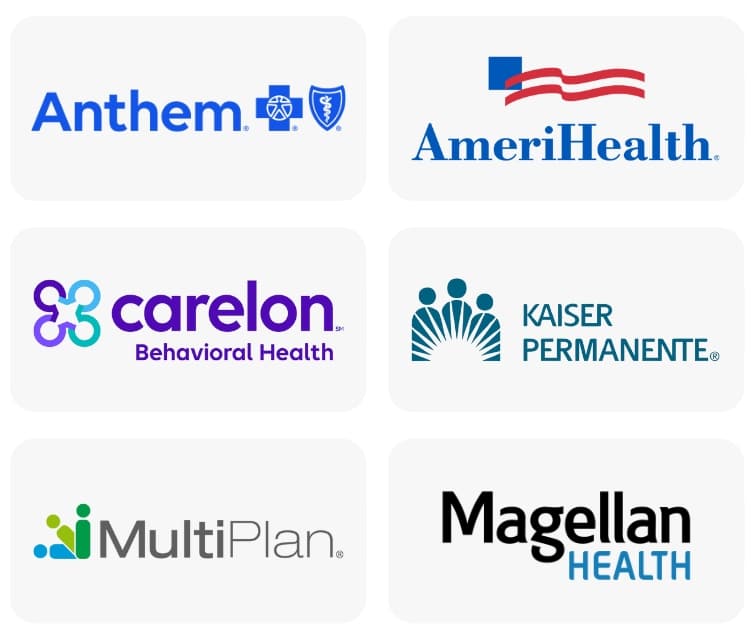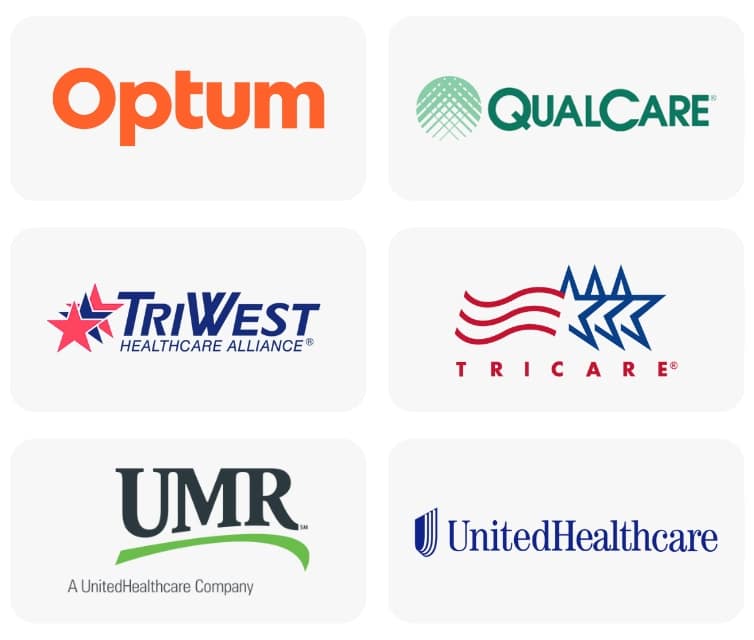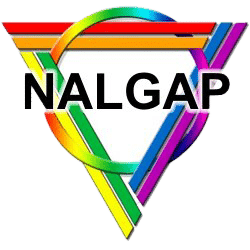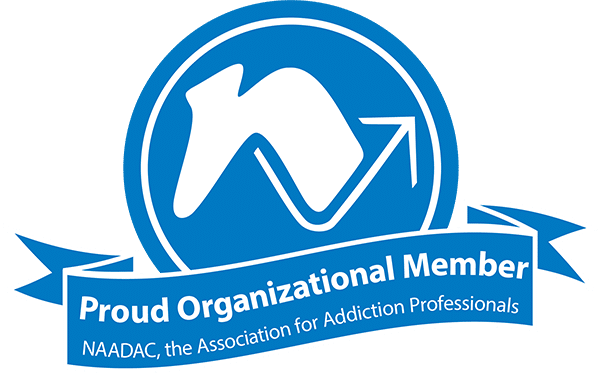The cycle of addiction is the repetitive pattern people with addiction often experience. It happens in certain stages or phases, but the specifics of the cycle vary depending on the substance or behavior involved.
Key Features of Addiction
Not sure whether you or a loved one are addicted? Here are a few of the key features of addiction:
- An inability to control substance use
- Constant cravings
- Increased tolerance to substances
- Negative consequences like legal issues or relationship problems
Not everyone who suffers from addiction shows signs. If you think you or a loved one has an addiction, getting help right away is the best course of action. It’s incredibly hard to break the addiction cycle on your own.
The Cycle of Addiction Stages
- Initial Use or Experimentation: It starts with trying the substance or behavior out of curiosity or experimentation. At this stage, you may not see or realize the potential for addiction.
- Escalation and Regular Use: As you continue to use the substance or engage in the behavior, you may start using it more frequently and in larger amounts to achieve the desired effects.
- Problematic Use: This is the stage where your use begins to have negative consequences on various aspects of your life, such as your relationships, work or school performance, physical and mental health, and financial situation.
- Dependence and Tolerance: With continued use, your body and brain adapt to the substance or behavior. You develop tolerance, meaning you need larger doses or more intense engagement to experience the same effects. Dependence may also develop, leading to withdrawal symptoms when you stop using the substance or engaging in the behavior.
- Craving and Preoccupation: At this stage, you experience strong cravings for the substance or compulsive behavior. Your thoughts and actions are preoccupied with obtaining and using the addictive substance or engaging in the behavior.
- Loss of Control: Despite being aware of the negative consequences, you find it increasingly difficult to control your use. You may try to cut down or stop but struggle to do so.
- Consequences and Rock Bottom: The negative consequences of addiction escalate, and you may hit rock bottom, a point where the impact of addiction becomes severe, and you may experience devastating consequences in your personal and professional life.
This is definitely the point at which professional help can be helpful. It is so difficult to stop using drugs and alcohol on your own. With a team of people to help you, you can build the skills you need for lasting recovery.
- Attempts to Quit or Reduce Use: You may make repeated attempts to quit or reduce your substance use or addictive behavior, often with limited success.
- Relapse: Relapse is a common part of the addiction cycle. After a period of abstinence or reduced use, you may return to your addictive behavior. This is often triggered by stress, emotional turmoil, or exposure to cues associated with your addiction.
This cycle can become a continuous loop, making it difficult to break free from the grips of addiction. But with appropriate treatment and support, many people recover and manage their addictions effectively. If you’re struggling with addiction, it’s essential to seek help. Early intervention can improve the chances of successful recovery.
How to Get Out of the Cycle of Addiction
Breaking the addiction cycle is challenging, but it’s possible with determination, support, and the right treatment center guiding you. Here are eight ways to help you or someone you know break free from the cycle of addiction:
- Recognize the problem: Acknowledge that there is a problem and that addiction is negatively impacting your life. Acceptance is the first step toward change.
- Seek professional help: Reach out to a treatment center for help with your addiction. You will receive guidance, assessment, and personalized treatment plans for when you’re ready to turn their lives around.
- Build a support network: Surround yourself with supportive and understanding people. Family, friends, or support groups like Alcoholics Anonymous (AA) or Narcotics Anonymous (NA) can offer empathy, encouragement, and practical assistance.
- Set realistic goals: Break the process of recovery into small, achievable goals. Celebrate each milestone, no matter how small. It will boost your confidence and motivation.
- Create a structured routine: Establishing a daily schedule can help you maintain focus and avoid triggers that may lead to relapse.
- Remove temptations: Rid your living space of items related to your addiction. Avoid places or situations that may trigger cravings.
- Engage in healthy activities: Adopt a healthy lifestyle by exercising regularly, eating well-balanced meals, and getting sufficient sleep. Physical well-being can positively impact mental health and the recovery process.
- Attend support group meetings: Regularly attend support group meetings to share your experiences, gain insights, and find encouragement from people who have experienced or are experiencing similar struggles.
If you’re experiencing negative consequences of addiction or you’ve hit rock bottom, don’t wait to reach out to an addiction treatment facility. Continuing to use alcohol or drugs could have a devastating impact on your life that you can avoid with treatment.
What Does Formal Addiction Treatment Look Like?
Formal addiction treatment involves structured and specialized programs that address substance use disorders and other addictions. These treatment programs are overseen by clinical professionals with the proper licensing and credentials. Treatment can involve residential care, where you live full-time at a recovery facility, or outpatient programs, where you live at home but attend treatment regularly as set by your therapist.
Before beginning, you undergo a thorough assessment to determine where you are in the cycle of addiction, any co-occurring disorders you have, and your overall health status. This evaluation helps tailor a personalized treatment plan to your needs. For those with substance use disorders, detox may be a necessary part of recovery.
Various forms of therapy are used in drug addiction treatment. These commonly include:
- Cognitive behavioral therapy (CBT)
- Dialectical behavior therapy (DBT)
- Motivational interviewing (MI)
- Family therapy
These therapies address the underlying factors that contribute to your addiction and help you develop coping strategies and healthier behavior patterns. Your therapist may also use psychotherapy techniques like individual therapy or group therapy as part of your recovery program.
In some cases, medication may be prescribed to help manage cravings, reduce withdrawal symptoms, and support recovery. Medication-assisted treatment (MAT) is often used in combination with counseling and therapy.
Addiction Treatment Levels of Care
The best way to break the cycle of addiction is to get professional help for a substance use disorder. Alcohol and drug rehab is a place where you can focus all your attention on achieving sobriety.
The clinical team at a drug and alcohol rehab center like Footprints to Recovery can help guide you through the stages of addiction until you reach your goal of sobriety. Addiction treatment programs give you and your body an opportunity to break the cycle of addiction and concentrate on your recovery.
- Medical detox: It’s important to get all substances out of your body before you start the recovery process. Medical detox is overseen by our team of medical professionals to help ease your withdrawal symptoms and keep you on track . Medical detox is almost always required before you move on to the next stages of addiction recovery.
- Residential treatment: Inpatient rehab is also known as residential treatment. It involves spending 24/7 at our treatment facility as you undergo recovery programs led by a clinical team. The structure of residential rehab allows you to focus all your attention on breaking the cycle of addiction. Residential treatment is most appropriate for people whose addictions are quite serious.
- Partial hospitalization program (PHP): A PHP is a more flexible form of treatment that still offers a set structure for recovery. You attend treatment five days per week while you live at home or in our sober living centers. The goal of a PHP is to build on the skills and tools learned in inpatient rehab to begin the transition back to normal life.
- Intensive outpatient program (IOP): An IOP is another program for people to receive treatment without staying at a treatment facility. IOP programs usually meet three to five days per week for three to four hours per day. The goal is to begin the transition back to normal life free from addiction.
- Outpatient rehab: Outpatient treatment is the least intense treatment program. You only attend group or individual therapy once or twice per week. The rest of the time, you’re living and working or going to school normally while using the skills and tools learned in recovery. Aftercare planning is also an important part of outpatient treatment for drugs or alcohol.
Addiction recovery starts with contacting the behavioral health admissions team at a professional treatment center to learn more about our alcohol and drug rehab programs and to verify your insurance. Don’t wait to get help for substance abuse and mental health issues. Footprints to Recovery can help you break free of the cycle.


